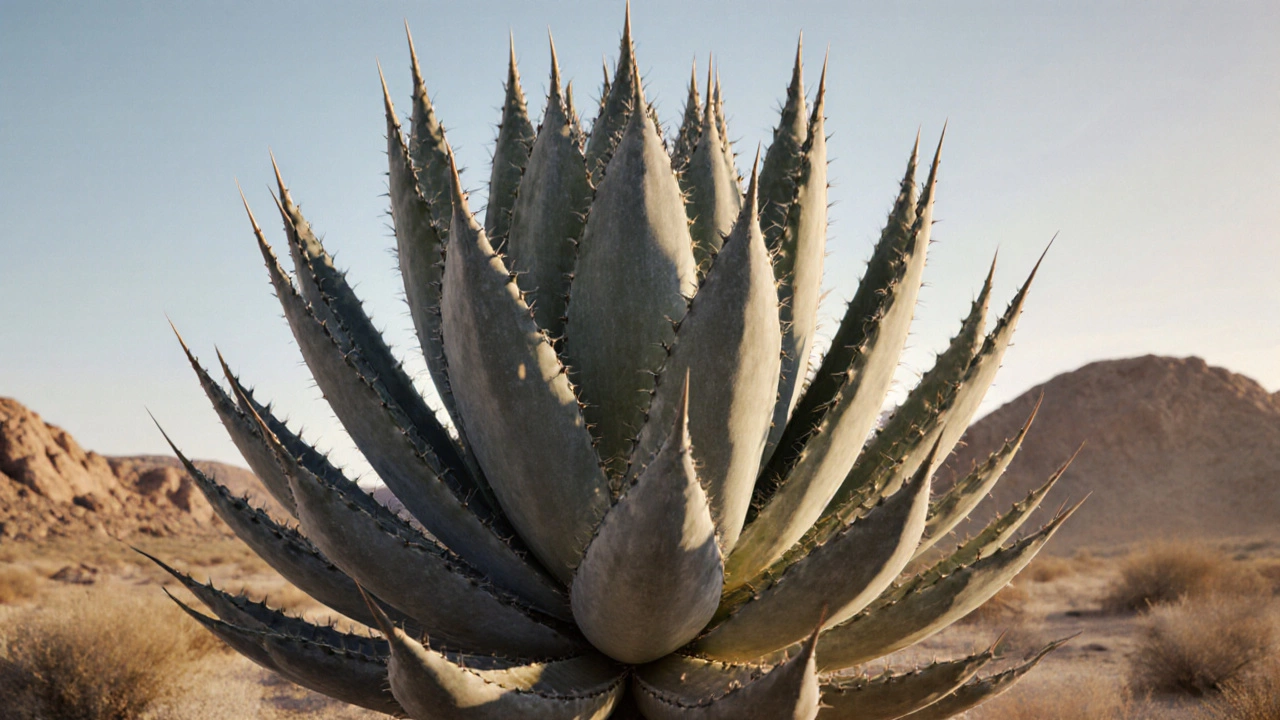Discover why Agave americana, the century plant, waits 30‑40 years to bloom, how it grows, what happens during its massive flower event, and how to care for it.
40 Years to Bloom: Plants That Take Time to Shine in Indian Gardens
When we think of gardening, we often imagine quick wins—basil in 30 days, zinnias blooming by summer, tomatoes ready by monsoon. But 40 years to bloom, a rare but real phenomenon in certain Indian plants where flowering takes decades to occur. Also known as long-term flowering plants, it’s not a mistake—it’s biology. These plants don’t fail; they wait. And in India’s varied climates, from the dry Deccan to the humid Western Ghats, a few native species follow this slow, silent rhythm. This isn’t about lazy gardening. It’s about understanding nature’s timeline, not forcing yours.
Plants like the neem, a hardy, drought-tolerant tree native to India that takes 15–20 years to reach full flowering potential, or the Bamboo, a genus that flowers once every 30 to 120 years before dying, triggering mass regeneration, don’t follow the same rules as your balcony herbs. They invest energy into roots, wood, and survival—not color. In fact, some trees like the Kadam, a sacred Indian tree known for its rare, fragrant blooms that appear only after 30–40 years, are deeply tied to cultural rituals because their bloom is so uncommon. These aren’t just plants; they’re living calendars. Their patience teaches us that not all value is immediate. A garden with these species isn’t just green—it’s historical.
What connects all these slow bloomers? They’re adapted to survive harsh conditions—long dry spells, poor soil, erratic rainfall. That’s why they thrive in Indian conditions where fast-growing plants often burn out. If you’ve ever wondered why your hydrangeas struggle on a hot balcony, or why your drip emitters clog in hard water areas, it’s the same reason these slow bloomers endure: they’re built for resilience, not speed. This isn’t a flaw in your care—it’s a mismatch in expectation. You don’t need to rush them. You just need to protect them. Give them space, avoid overwatering, and don’t prune like you’re training a bonsai. Let them grow on their own terms.
What you’ll find in this collection are real stories from Indian gardeners who waited years—for a single bloom, for a tree to shade their yard, for a plant to finally fulfill its promise. You’ll learn how to spot these slow growers before you plant them, how to tell if they’re alive when they look dead, and why giving up on them too soon is the biggest mistake you can make. It’s not about having the fanciest tools or the most colorful pots. It’s about understanding time, patience, and the quiet power of plants that bloom only when they’re ready.
